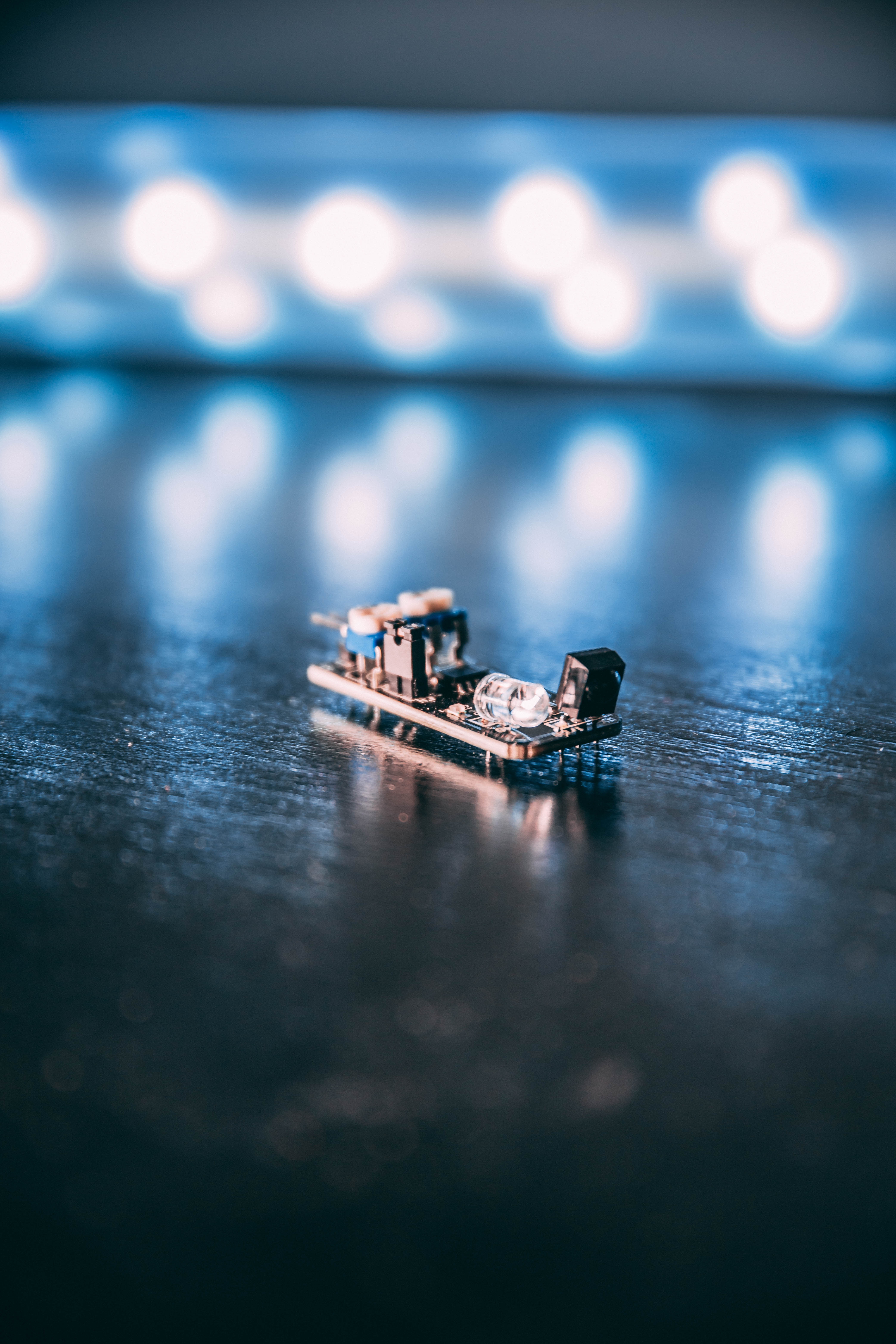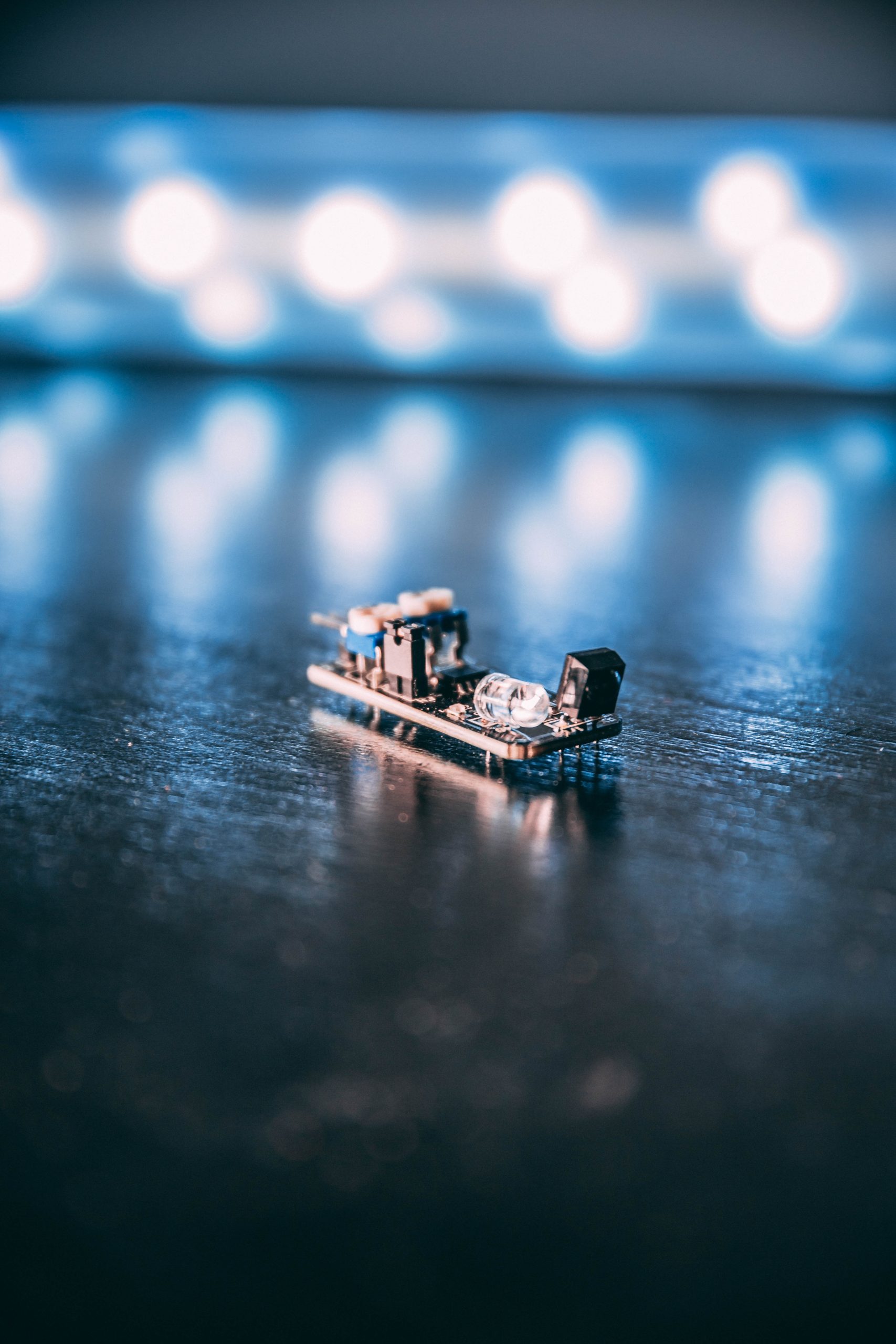Advanced Multilayer PCBs for Complex Electronics
Are you ready to take your electronic projects to the next level? If so, then you’ll definitely want to explore the world of advanced multilayer PCBs. These incredible circuit boards offer unmatched versatility and complexity, making them perfect for even the most demanding applications. Whether you’re an electronics enthusiast or a professional engineer, understanding the ins and outs of multilayer PCBs is essential. In this blog post, we’ll dive into what they are, how they’re made, their advantages and disadvantages, as well as provide some tips on choosing the right multilayer PCB for your project. So let’s get started and unlock the potential of high multilayer PCB technology!
What are multilayer printed circuit boards?
Multilayer printed circuit boards (PCBs) are an advanced type of circuit board that offer a higher level of complexity compared to their single or double-sided counterparts. As the name suggests, these PCBs consist of multiple layers stacked on top of each other, with electrical connections made between them through vias.
The number of layers in a multilayer PCB can vary depending on the specific requirements of the electronic device it’s being used for. They typically range from four all the way up to 32 or more. Each layer is carefully designed and etched to create intricate pathways for conducting electricity.
What sets multilayer PCBs apart from their single or double-sided counterparts is their ability to accommodate complex designs and high-density components. With multiple layers available for routing traces, designers have more freedom to optimize space utilization and minimize signal interference.
In addition to offering increased design flexibility, multilayer PCBs also excel in providing improved signal integrity and noise reduction. The additional ground/power planes act as shields against electromagnetic interference (EMI), ensuring cleaner signals and minimizing cross-talk between neighboring traces.
Another advantage lies in the compactness that multilayer PCBs offer. By stacking multiple layers vertically, manufacturers can achieve higher component density while keeping overall board dimensions relatively small – a crucial factor when space is limited within a device.
Multilayer printed circuit boards are an essential tool for creating electronics with sophisticated functionality and optimal performance. Their ability to handle complex designs, provide better signal integrity, reduce EMI issues, and enable higher component density make them indispensable in today’s technological landscape.
How are they made?

Multilayer printed circuit boards (PCBs) are a crucial component in today’s complex electronics. These PCBs, as the name suggests, consist of multiple layers of copper and insulating materials stacked together to create a compact and efficient design. But have you ever wondered how these intricate pieces of technology are actually made?
The manufacturing process for multilayer PCBs is quite fascinating. It starts with designing the circuit layout using specialized software. This layout is then transferred onto a base material called substrate, which is usually made of fiberglass or composite epoxy.
Next comes the process of creating the inner layers. Thin sheets of copper foil are laminated onto both sides of the substrate, forming conductive paths for electrical signals to flow through. The desired pattern is etched into these copper layers using chemical processes, leaving behind traces that will connect various components.
Once the inner layers are complete, they are stacked together with insulating layers in between them. This stack-up is then pressed under high temperature and pressure to bond all the layers together permanently.
After bonding, holes known as vias are drilled through all the layers to establish connections between them. These vias are then plated with metal to ensure conductivity throughout the board.
Outer layer patterns and protective coatings such as solder mask and silkscreen printing are applied to give the final touch before testing and inspection.
This intricate high multilayer pcb manufacturing process ensures that multilayer PCBs can handle complex circuits while minimizing space requirements. Each layer adds functionality and allows for better signal integrity by reducing electromagnetic interference.
So next time you’re marveling at your smartphone or any other sophisticated electronic device, remember that hidden within its sleek exterior lies a multilayer PCB created through an intricate manufacturing process!
Advantages of multilayer PCBs
Advantages of Multilayer PCBs:
Multilayer printed circuit boards (PCBs) offer a range of advantages over their single or double-layer counterparts. These advanced PCBs consist of multiple layers of conductive copper tracks separated by insulating layers. Here are some key benefits of using multilayer PCBs in complex electronic applications.
1. Increased Design Flexibility: With more layers available, designers have greater flexibility to route complex circuits and integrate more components onto a single board. This allows for the creation of smaller, more compact devices without sacrificing functionality.
2. Improved Signal Integrity: The additional ground and power planes in multilayer PCBs help reduce noise interference and cross-talk between different signal traces. This leads to better signal integrity, resulting in improved overall performance and reliability.
3. Enhanced Power Distribution: Multilayer PCBs enable efficient power distribution across various sections of the board, minimizing voltage drops and ensuring stable operation even under high power loads. This is crucial for applications that require consistent power supply to numerous components.
4. Higher Component Density: By utilizing multiple layers, multilayer PCBs can accommodate a higher number of components compared to single or double-layer boards. This capability is especially beneficial for Heavy Copper PCB Manufacturer designs requiring integration with advanced functions like microcontrollers or specialized sensors.
5. Increased Durability: The multiple layer structure provides added strength and rigidity to the board, making it less susceptible to mechanical stressors such as vibration or thermal expansion/contraction cycles during operation or assembly processes.
6.
Cost-Efficiency in Volume Production:
While initial costs may be higher due to increased complexity during manufacturing, multilayers provide cost-saving opportunities when producing large quantities since they allow for space optimization on each layer
In summary,the advantages offered by multilayer PCB technology make them an ideal choice for complex electronic designs where space optimization, signal integrity,and component density are critical factors.
If you’re working on a project that demands high performance and reliability,consider utilizing multilayer PCBs to take your
Disadvantages of multilayer PCBs
Multilayer printed circuit boards (PCBs) have become an essential component in many complex electronic devices. They offer numerous advantages such as increased density, improved signal integrity, and reduced electromagnetic interference. However, like any other technology, multilayer PCBs also come with their fair share of disadvantages.
One major drawback of multilayer PCBs is the complexity involved in their design and manufacturing process. With multiple layers stacked on top of each other, it becomes challenging to ensure proper alignment and connectivity between the different layers. This complexity increases the risk of errors during fabrication, leading to higher production costs and potential delays.
Another disadvantage is the difficulty in troubleshooting and repairing multilayer PCBs. Unlike single-layer or double-layer PCBs where faulty components can be easily identified and replaced, diagnosing issues within a multilayer board requires specialized equipment and expertise. This not only adds to the overall maintenance cost but also makes it more time-consuming to fix problems when they arise.
Additionally, multilayer PCBs are generally more expensive compared to their single or double-layer counterparts due to the additional materials required for construction. The cost factor may limit their use in budget-sensitive projects or applications where lower layer counts can suffice without compromising performance.
Moreover, designing a multilayer PCB requires advanced software tools that may not be readily available or easy for everyone to learn. This limitation restricts access for hobbyists or small-scale projects with limited resources.
Heat dissipation can pose challenges with multilayer PCBs since heat generated by components cannot easily escape through multiple layers of insulation material. Inadequate thermal management may result in temperature rise within the board leading to decreased reliability and lifespan of electronic components.
Despite these drawbacks associated with multilayer PCBs, advancements continue to be made in design techniques and manufacturing processes that mitigate these limitations over time.
How to choose the right multilayer PCB for your project
When it comes to choosing the right multilayer PCB for your project, there are several factors to consider. First and foremost, you need to assess the complexity of your electronics and determine how many layers will be necessary. This will depend on the number of components and connections required.
Next, think about the size constraints of your project. Multilayer PCBs offer more space for routing traces compared to single or double-sided boards, but you still need to ensure that the chosen board fits within your designated dimensions.
Another important consideration is the electrical performance requirements. If your project demands high-speed signal transmission or low impedance levels, you may need a multilayer PCB with specific layer stackup designs and controlled impedance features.
Additionally, take into account the thermal management needs of your electronics. Multilayer PCBs can provide better heat dissipation due to their increased surface area. Consider whether additional copper planes or vias are necessary for efficient cooling.
Don’t forget about cost-effectiveness and manufacturability. Evaluate different suppliers’ capabilities in producing high-quality multilayer PCBs within your budget and timeline requirements.
By carefully considering these factors, you can choose a multilayer PCB that meets all your project’s specifications while ensuring optimal performance and reliability.
Conclusion

Conclusion
Multilayer printed circuit boards have revolutionized the world of electronics by providing a compact and efficient solution for complex electronic devices. These advanced PCBs offer numerous advantages, including improved signal integrity, reduced electromagnetic interference, and increased design flexibility.
By utilizing multiple layers of conductive material interconnected through vias, multilayer PCBs can accommodate more components and provide enhanced functionality in a smaller footprint. They are manufactured using specialized processes that involve laminating multiple layers of copper-clad fiberglass together with insulating materials.
While multilayer PCBs offer significant benefits, they also come with some drawbacks. The complexity involved in their manufacturing process can make them more expensive compared to single or double-sided PCBs. Additionally, the intricacy of their designs may require advanced tools and expertise for debugging and assembly.
When choosing the right multilayer PCB for your project, consider factors such as the number of required layers, thickness requirements, impedance control needs, and cost considerations. It is essential to work closely with an experienced manufacturer who understands your specific requirements and can guide you through the selection process.
In conclusion (without explicitly saying it), high-quality multilayer PCBs are indispensable for complex electronics applications where space optimization is crucial. Their ability to pack more functionality into smaller form factors makes them ideal for smartphones, tablets, medical devices, automotive systems, aerospace equipment – essentially any technology demanding high performance within limited dimensions.
Investing in advanced multilayer printed circuit boards will not only ensure reliable operation but also open up new possibilities for innovation in today’s fast-paced technological landscape. So don’t hesitate to explore this cutting-edge technology when designing your next electronics project!




